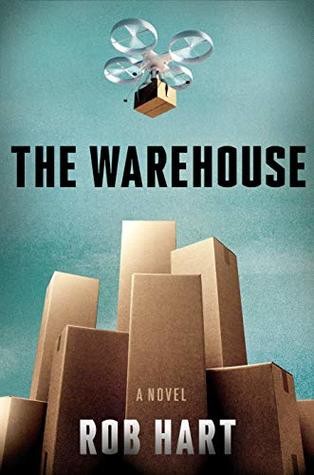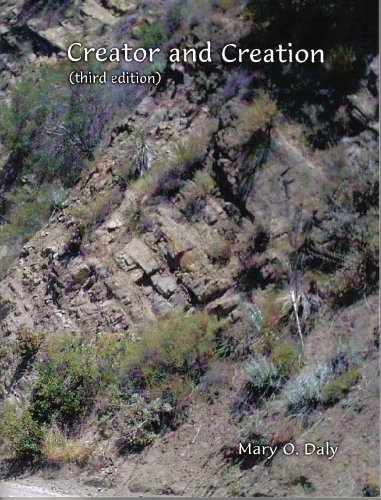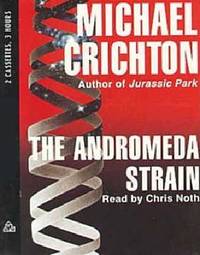I had come back through the curtain at the arena adrenaline pumping, puddles of blood still forming in my eye sockets. People were congratulating me. It was dizzying. I was so excited I didn't know which way to walk: proud, happy, smiling, breathing hard, high on brutality and the crowd's subsequent reaction. I ended up standing in the locker room. I was a sitting duck. In the state was in, I could have been talked into riding a motorcycle through the jungle, naked covered in honey after signing over my 401k and agreeing to sell Herbalife products.












